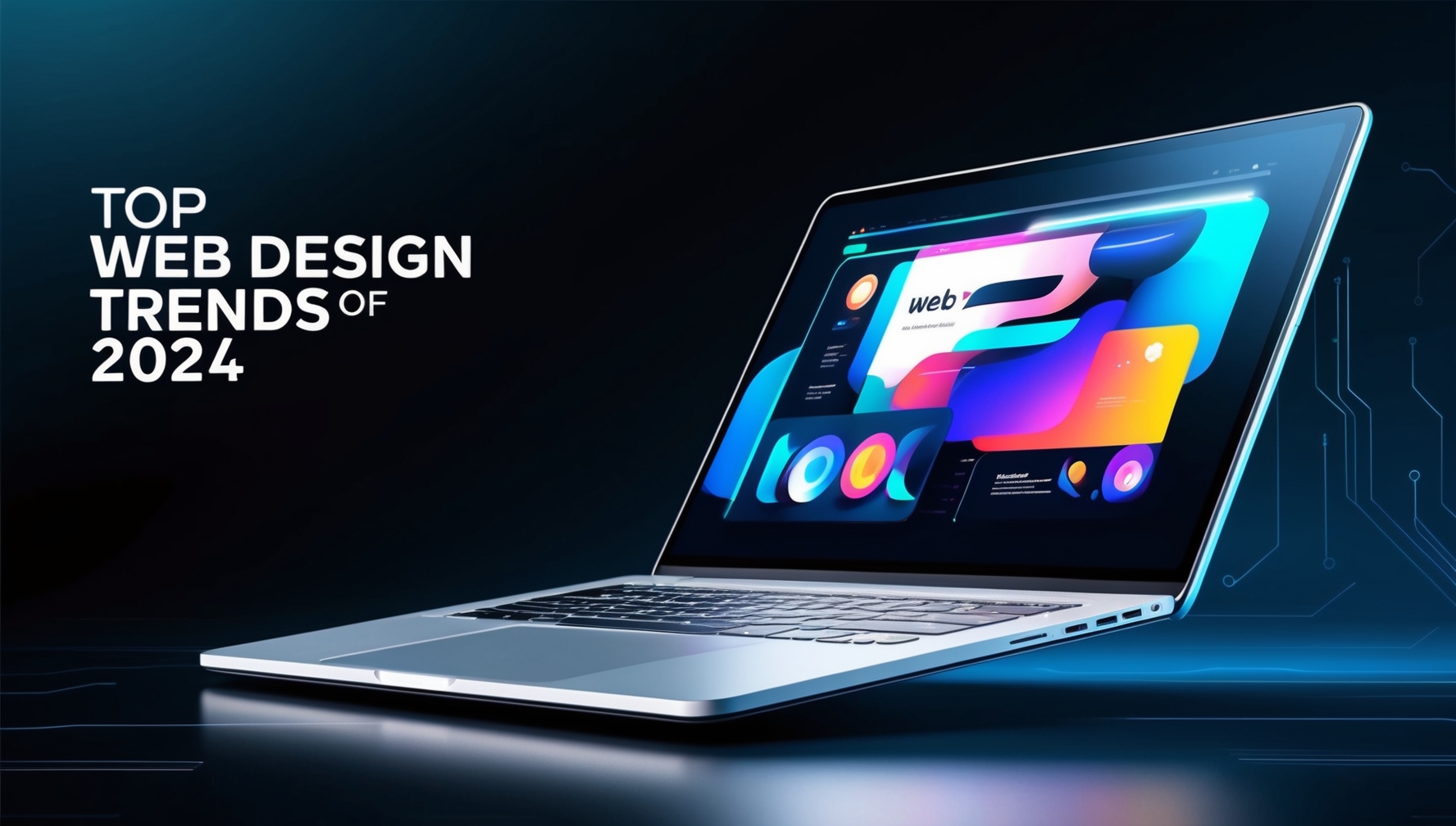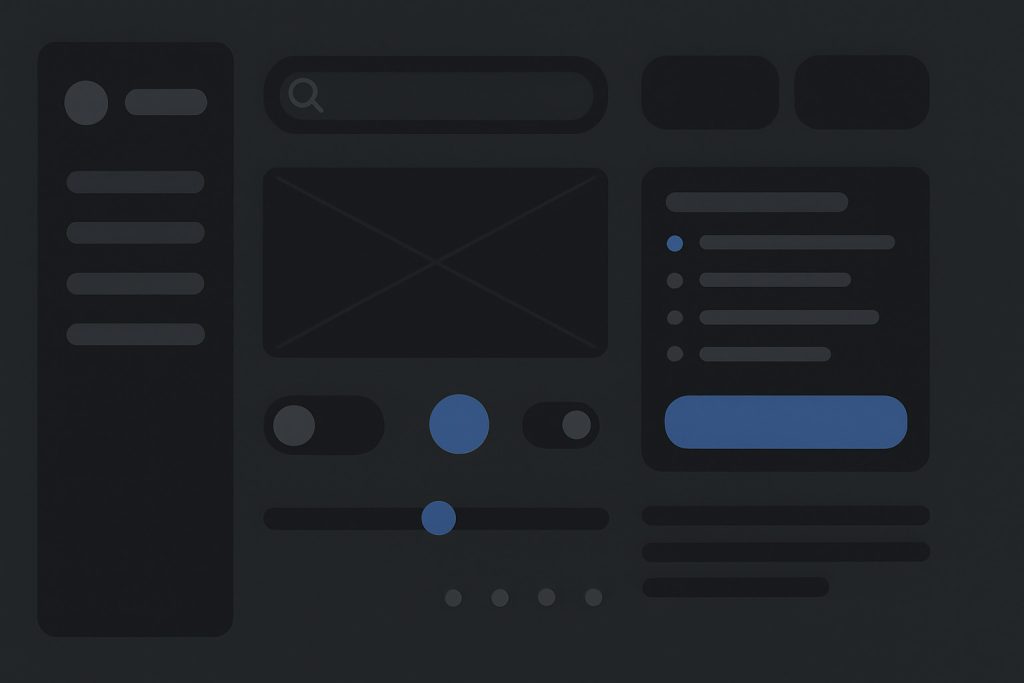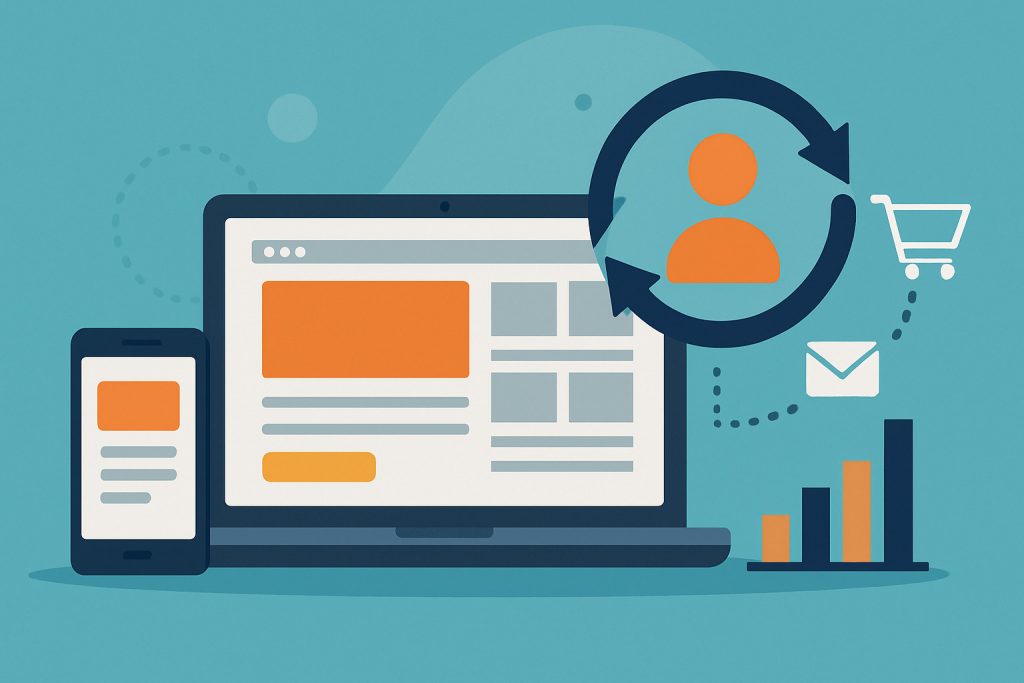As we move further into 2024, web design continues to evolve, reflecting advancements in technology, changes in user behavior, and the growing demand for engaging and functional websites. Here’s a look at the top web design trends that are shaping the digital landscape this year.
1. Dark Mode and Low Light UX
Dark mode has become a staple in web design due to its aesthetic appeal and practical benefits. This trend offers a sleek, modern look while reducing eye strain in low-light environments. Websites that provide dark mode options cater to user preferences and enhance the overall user experience.
- Dark mode options for user customization
- Improved readability in low-light settings
- Enhanced battery life on mobile devices with OLED screens
When choosing a website color palette, it’s essential to consider how colors will appear in both dark and light modes, ensuring consistency and readability across different settings.
2. Neumorphism
Neumorphism, a blend of skeuomorphism and flat design, is gaining traction in 2024. This design style creates a soft, extruded plastic look, giving elements a more tactile, real-world feel while maintaining a clean and minimalist appearance.
- Soft shadows and highlights for a 3D effect
- Minimalist yet realistic design elements
- Enhanced user interaction with tactile elements
3. 3D Elements and Immersive Experiences
3D elements are becoming increasingly popular in web design, providing users with immersive and interactive experiences. With advancements in web technologies, designers are incorporating 3D graphics, animations, and effects that captivate users and make websites more engaging.
- 3D product displays and animations
- Interactive elements for enhanced user engagement
- Use of WebGL and other technologies for seamless integration
4. Micro-Interactions
Micro-interactions are subtle animations or design elements that provide feedback or guide users through a website. These small, yet powerful design features can make a website feel more dynamic and responsive, improving the overall user experience. The role of UX/UI in web design is pivotal, especially in creating effective micro-interactions that enhance user engagement and provide intuitive navigation.
- Button animations, hover effects, and loading indicators
- Enhanced user feedback through subtle cues
- Improved usability and interactivity
5. AI and Machine Learning Integration
Artificial intelligence (AI) and machine learning are playing a significant role in web design by offering personalized user experiences. From chatbots to content recommendations, AI-driven features are becoming essential components of modern websites.
- Personalized content and product recommendations
- AI-powered chatbots for customer support
- Predictive design elements that adapt to user behavior
6. Minimalism with Bold Typography
Minimalism continues to dominate web design in 2024, but with a twist—bold, expressive typography. By using oversized fonts and creative text layouts, designers are making a strong visual impact while keeping the overall design simple and uncluttered.
- Large, bold fonts that capture attention
- Minimalist layouts with ample white space
- Use of typography as a primary design element
7. Sustainability and Eco-Friendly Design
With the growing awareness of environmental issues, sustainability has become a key consideration in web design. Websites are being designed to reduce their carbon footprint, featuring energy-efficient design practices and eco-friendly hosting solutions.
- Use of lightweight design elements to reduce load times
- Implementation of green hosting providers
- Encouraging sustainable practices through content and design
8. Voice User Interface (VUI)
As voice search and smart speakers become more prevalent, voice user interfaces (VUI) are emerging as a crucial web design trend. Websites are being optimized for voice search, allowing users to interact with sites using voice commands.
- Integration of voice search capabilities
- Voice-activated navigation and interactions
- Designing for accessibility and ease of use
9. Inclusive and Accessible Design
Designing for inclusivity and accessibility is more important than ever in 2024. Websites are being created with a focus on universal design principles, ensuring that all users, regardless of their abilities, can access and navigate online content effectively.
- Enhanced accessibility features (e.g., screen reader compatibility)
- Inclusive design practices that consider diverse user needs
- Compliance with accessibility standards (e.g., WCAG)
10. Augmented Reality (AR) Integration
Augmented reality (AR) is making its way into web design, offering users interactive experiences that blend the digital and physical worlds. AR is particularly impactful for e-commerce, allowing users to visualize products in their own space before making a purchase.
- AR product visualizations and try-on features
- Interactive AR elements that engage users
- Seamless integration of AR into web and mobile platforms
Conclusion
The top web design trends of 2024 highlight the ongoing evolution of digital experiences, with a focus on personalization, interactivity, and inclusivity. By staying ahead of these trends, designers can create websites that are not only visually appealing but also highly functional and user-friendly, meeting the needs of today’s digital audience.





